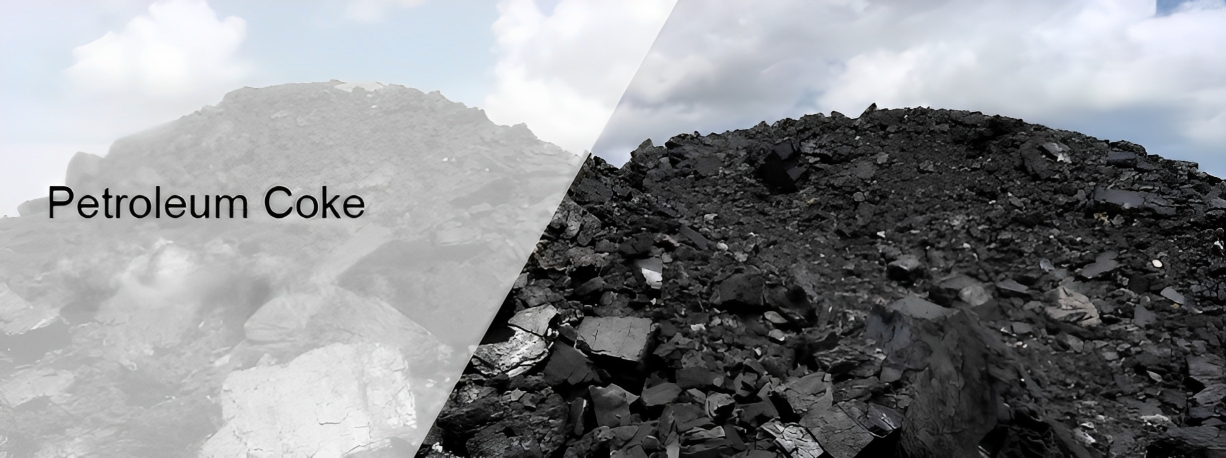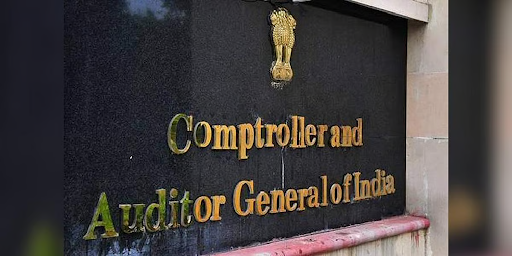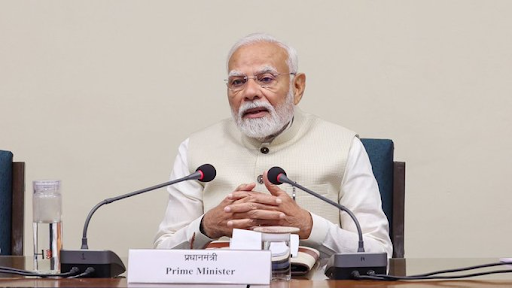Description

Copyright infringement not intended
Context: The government allowed the import of pet Coke as a fuel for the production of graphite anode material for lithium-ion batteries. The import of pet Coke for fuel is prohibited.
Details
- Petcoke is a carbon-rich solid material and residual waste material extracted from oil refining.
- It is used as a fuel or as a raw material for various industries.
Needle Petcoke (NPC)
- It can be classified into different types based on its physical properties and sulfur content. One of these types is needle petcoke (NPC), which has low sulfur content and a needle-like structure.
- It is mainly used for making graphite anode material for lithium-ion batteries, which are widely used in electric vehicles.
Government Permitted Import of NPC
- The government of India has recently allowed the import of NPC for this specific purpose only, and not for any other uses.
- The import of NPC is subject to certain conditions, such as having a sulfur content of less than 0.8% and being monitored by state pollution control boards.
- The import of NPC is also free from any restrictions or authorizations, unlike the import of low-sulfur petcoke, which is limited and requires approval from the directorate general of foreign trade.
|
Indian to import NPC from Venezuela
● The decision to import NPC from Venezuela is driven by the rising demand for lithium-ion batteries in India and the high global prices of coal, which is another source of graphite anode material.
● Venezuela is offering NPC at a discounted rate compared to the US, which is the largest exporter of petcoke to India. However, Venezuela is also facing US sanctions on its oil sector, which may affect its ability to supply NPC in the future.
|

Petcoke
About
- Petcoke, or petroleum coke, is a solid carbon material derived from oil refining.
- Petcoke is the solid residue that remains after the oil is processed. Petcoke can be classified into two types: green petcoke and calcined petcoke.
- Green petcoke is the raw material that has not been treated or purified, while calcined petcoke is the product of heating green petcoke to remove moisture and volatile matter.
- It is used as a fuel in various industries, such as cement, steel, power and aluminium.
- Petcoke also poses significant environmental and health challenges, such as its high sulfur content, heavy metal content and contribution to greenhouse gas emissions.
Features of petcoke
- Petcoke has several features that make it attractive as an energy source, such as its high calorific value (>7800Kcal/Kg as compared to 3500-4500 Kcal/Kg for coal), low ash content and low price compared to other fossil fuels.
- Petcoke has a high calorific value, which means it can produce more heat per unit of mass than other fossil fuels. According to the U.S. Energy Information Administration (EIA), the average heat content of petcoke is about 30 MJ/kg, compared to 19 MJ/kg for coal and 44 MJ/kg for natural gas.
- Petcoke has a low ash content, which means it produces less solid waste and requires less maintenance for boilers and furnaces. The EIA estimates that the average ash content of petcoke is about 0.4%, compared to 10% for coal and 0.1% for natural gas.
- Petcoke has a low price compared to other fossil fuels, due to its abundant supply and low demand. The EIA reports that the average price of petcoke in the U.S. was $31 per ton in 2019, compared to $53 per ton for coal and $60 per ton for natural gas.
Significances of petcoke
- Petcoke is a significant source of energy for various industries around the world, especially in developing countries where energy demand is growing rapidly.
- According to the EIA, the global production of petcoke was about 140 million tons in 2019, with China, India and the U.S. being the top three producers.
- The global consumption of petcoke was about 120 million tons in 2019, with India, China and Brazil being the top three consumers.
Cement production
- The main use of petcoke is as a fuel for cement production, which accounts for about 50% of global consumption. Cement is a key material for construction and infrastructure development, and requires a lot of heat for its production process.
- Petcoke provides a cheap and efficient source of heat for cement kilns, which can burn both green and calcined petcoke.
Steel production
- Another major use of petcoke is as a fuel for steel production, which accounts for about 20% of global consumption. Steel is an essential material for various industries such as automotive, construction and machinery.
- Steel production involves reducing iron ore into pig iron using coke (a form of coal) as a reducing agent. Petcoke can be used as a substitute for coke in steel making, as it has similar properties and lower cost.
Other uses
- Other uses of petcoke include power generation (about 15% of the global consumption), aluminium production (about 5% of the global consumption) and other industrial applications (about 10% of the global consumption).
- Power generation involves burning petcoke in boilers or gas turbines to produce electricity.
- Aluminium production involves smelting alumina into aluminium using anodes made from calcined petcoke.
- Other industrial applications include paper making, fertilizer production and chemical manufacturing.
|
India is one of the largest consumers and importers of petcoke in the world
● According to the Ministry of Petroleum and Natural Gas, India consumed 27.9 million tonnes of petcoke in 2021-22, of which 16.7 million tonnes were imported.
● India mainly imports petcoke from the United States, Saudi Arabia, Venezuela and China.
● India's demand for petcoke is driven by its growing cement industry, which accounts for about 75% of its domestic consumption. Petcoke is also used by power plants, steel plants, textile mills and other industries in India.
● India has the potential to increase its domestic production of petcoke by upgrading its existing refineries and setting up new coking units. India also has the opportunity to use petcoke as a raw material for making lithium-ion batteries, which could boost its electric vehicle industry and reduce its oil import bill.
- India could also explore the possibility of using renewable energy sources such as solar, wind and biomass to replace or supplement petcoke as a fuel for its industries.
|
Challenges with Petcoke
- Despite its advantages as a fuel source, petcoke also poses significant environmental and health challenges that need to be addressed urgently.
High Sulfur Content
- The main challenge of petcoke is its high sulfur content, which can range from 1% to 7% depending on the quality of the crude oil and the refining process.
- When petcoke is burned, it releases sulfur dioxide (SO2), a pollutant that causes acid rain, smog and respiratory problems.
- According to the EIA, the average sulfur content of petcoke in the U.S. was 5.5% in 2019, compared to 0.6% for coal and 0.1% for natural gas.
Heavy Metal Content
- Another challenge of petcoke is its heavy metal content, which can include mercury, arsenic, lead and cadmium. These metals are toxic and can accumulate in the soil, water and air, posing risks to human health and wildlife.
- According to a study by the Argonne National Laboratory, the average metal content of petcoke in the U.S. was 0.02% for mercury, 0.05% for arsenic, 0.08% for lead and 0.01% for cadmium in 2013.
Greenhouse Gas Emissions
- A third challenge of petcoke is its contribution to greenhouse gas emissions, which are responsible for global warming and climate change.
- Petcoke has a high carbon content, which means it emits more carbon dioxide (CO2) per unit of energy than other fossil fuels.
- According to the EIA, the average carbon content of petcoke in the U.S. was 90%, compared to 71% for coal and 50% for natural gas in 2019.
- The EIA also estimates that the average CO2 emission factor of petcoke in the U.S. was 102 kg/GJ, compared to 95 kg/GJ for coal and 56 kg/GJ for natural gas in 2019.
Given the challenges of petcoke, there is a need for finding ways to reduce its environmental and health impacts while meeting the energy demand of various industries. Some possible ways forward include:
Desulfurization and Demetallization
- Improving the quality of petcoke by removing sulfur and metals through desulfurization and demetallization processes. This can reduce the emissions of SO2 and heavy metals from petcoke combustion, as well as increase its calorific value and marketability.
Stricter regulations and standards
- Implementing stricter regulations and standards for petcoke production, transportation, storage and use. This can ensure that petcoke is handled safely and responsibly and that its emissions are monitored and controlled.
Use of cleaner and renewable energy
- Promoting the use of cleaner and renewable energy sources such as natural gas, solar, wind and biomass. This can reduce the dependence on petcoke and other fossil fuels, and lower the greenhouse gas emissions from the energy sector.
New technologies and innovations
- Developing new technologies and innovations for petcoke utilization, such as carbon capture and storage (CCS), gasification, co-firing and co-processing. These can enhance the efficiency and sustainability of petcoke as a fuel source, as well as create new value-added products from petcoke.


Conclusion
- Petcoke is an important fuel source for India's industrial sector, especially its cement industry. However, it also poses some environmental and geopolitical challenges that need to be addressed carefully. India should adopt a pragmatic strategy towards importing petcoke while also enhancing its domestic production and diversification of energy sources.
Must Read Articles:
Coal Industry: https://www.iasgyan.in/daily-current-affairs/coal-industry
|
PRACTICE QUESTION
Q. Non-coal-based energy sources are forms of energy that do not rely on burning coal, such as solar, wind, hydro, nuclear, and biomass. How can we promote the development and deployment of non-coal-based energy sources sustainably and equitably, while addressing the technical, economic, and social barriers that hinder their adoption?
|
.jpeg)
https://www.business-standard.com/economy/news/govt-permits-import-of-pet-coke-as-raw-material-for-lithium-ion-batteries-123060200960_1.html











